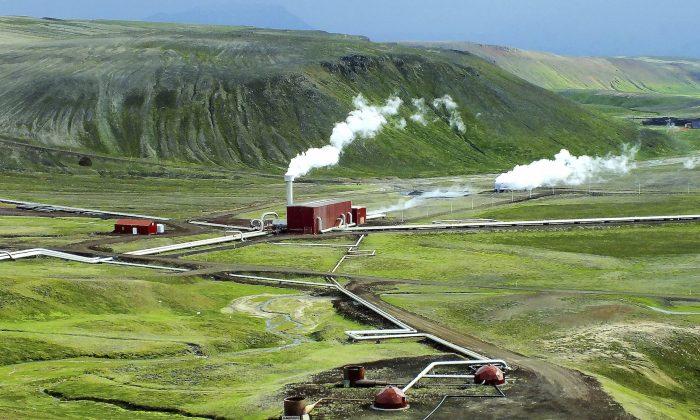A new water filter can remove toxic heavy metal ions and radioactive substances in just one pass.
The filter membrane is a hybrid of two low-cost materials: whey protein fibers and activated charcoal. The simple technology overcomes several disadvantages of existing methods, which are typically expensive and can only remove a specific element or have a very small filter capacity.
“The project is one of the most important things I might have ever done,” says Raffaele Mezzenga, a professor of food and soft materials at ETH Zurich. He and colleague Sreenath Bolisetty describe the technology in the journal Nature Nanotechnology.
At the heart of the filtration system is a new type of hybrid membrane made up of activated charcoal and tough, rigid whey protein fibers. The two components are inexpensive and simple to produce.
The whey proteins are denatured, which causes them to stretch, and ultimately come together in the form of amyloid fibrils. Together with activated carbon, these fibers are applied to a suitable substrate material, such as a cellulose filter paper. The carbon content is 98 percent, with a mere 2 percent made up by the protein.
Recovers Valuable Gold
This hybrid membrane absorbs various heavy metals in a non-specific manner, including industrially relevant elements, such as lead, mercury, gold, and palladium. However, it also absorbs radioactive substances, such as uranium or phosphorus-32, which are relevant in nuclear waste or certain cancer therapies, respectively.
The membrane also eliminates highly toxic metal cyanides from water. This class of materials includes gold cyanide, which is used commonly in the electronics industry to produce conductor tracks on circuit boards.
The membrane provides a simple way of filtering out and recovering the gold, thus the filter system could one day play an important role in gold recycling as well.
“The profit generated by the recovered gold is more than 200 times the cost of the hybrid membrane,” says Mezzenga.
How It Works
The filtration process is extremely simple: Contaminated water is drawn through the membrane by vacuum.
“A sufficiently strong vacuum could be produced with a simple hand pump,” says Mezzenga, “which would allow the system to be operated without electricity.”
The system is almost infinitely scalable, making it cost effective to filer large volumes of water.
As toxic substances are drawn through the filter, they “stick” primarily to the protein fibers, which have numerous binding sites where individual metal ions can dock. However, the large surface area of the activated charcoal can also absorb large quantities of toxins, which delays saturation of the membranes.
In addition, the protein fibers lend mechanical strength to the membrane and at high temperatures allow the trapped ions to be chemically converted into valuable metallic nanoparticles.
Very High Capacity
Mezzenga is enthusiastic about the hybrid membrane’s filter capacity. In tests with mercury chloride, for example, the mercury concentration present in the filtrate fell by more than 99.5 percent.
The efficiency was even higher with a toxic potassium gold cyanide compound, where 99.98 percent of the compound was bound to the membrane, or with lead salts, where the efficiency was larger than 99.97 percent. And with radioactive uranium, 99.4 percent of the original concentration was bound during filtration.
“We achieved these high values in just a single pass,” says Bolisetty.
Even over multiple passes, the hybrid membrane filters out toxic substances with a high degree of reliability. Although the mercury concentration in the filtrate increased by a factor of 10 from 0.4 ppm (parts per millions) to 4.2 ppm after 10 passes, the quantity of protein used was extremely low.
To filter half a liter of contaminated water, the researchers used a membrane weighing just a 10th of a gram, of which 7 percent by weight was made up of protein fibers.
“One kilo of whey protein would be enough to purify 90,000 liters of water,” says Mezzenga.
This suggests the efficiency can be increased by adding more protein content in the membrane, he adds, emphasizing the flexibility of this new approach.
Mezzenga, who has patented the technology, is confident the filter will find its way onto the market.
“There are numerous applications for it, and water is one of the most pressing problems we face today,” he adds.
This article was originally published by ETH Zurich.
Republished via Futurity.org under Creative Commons License 4.0.



Friends Read Free